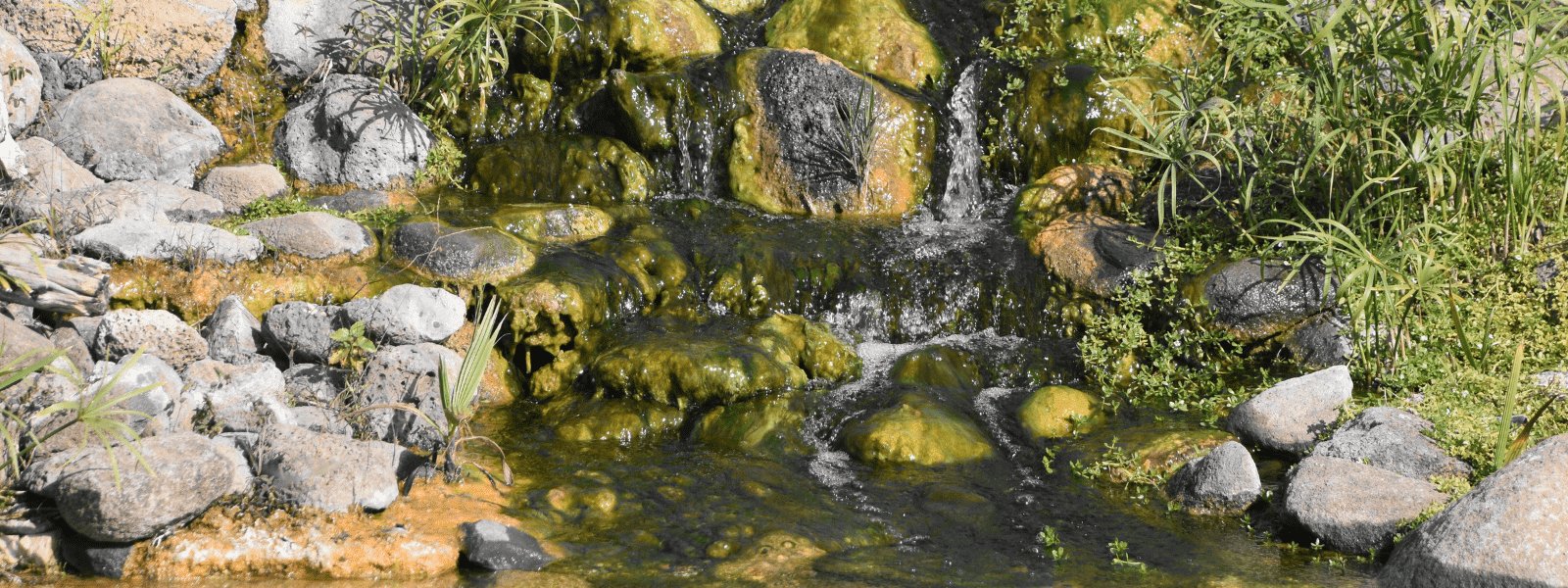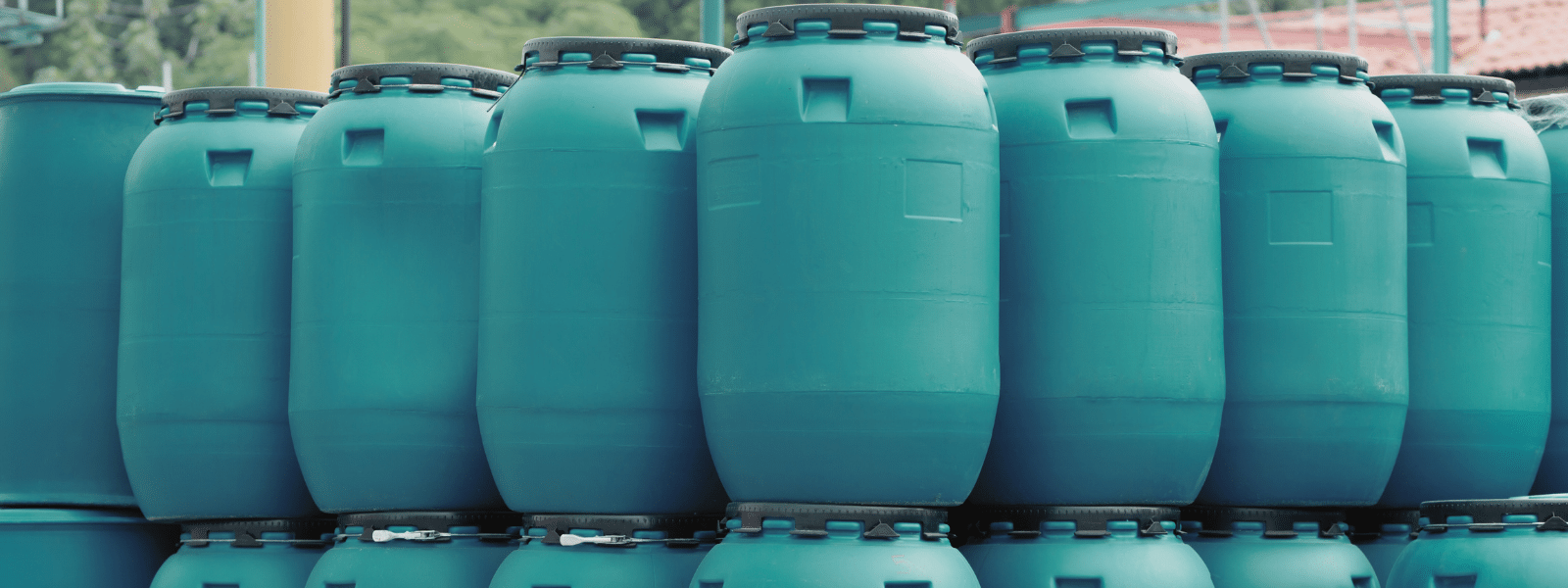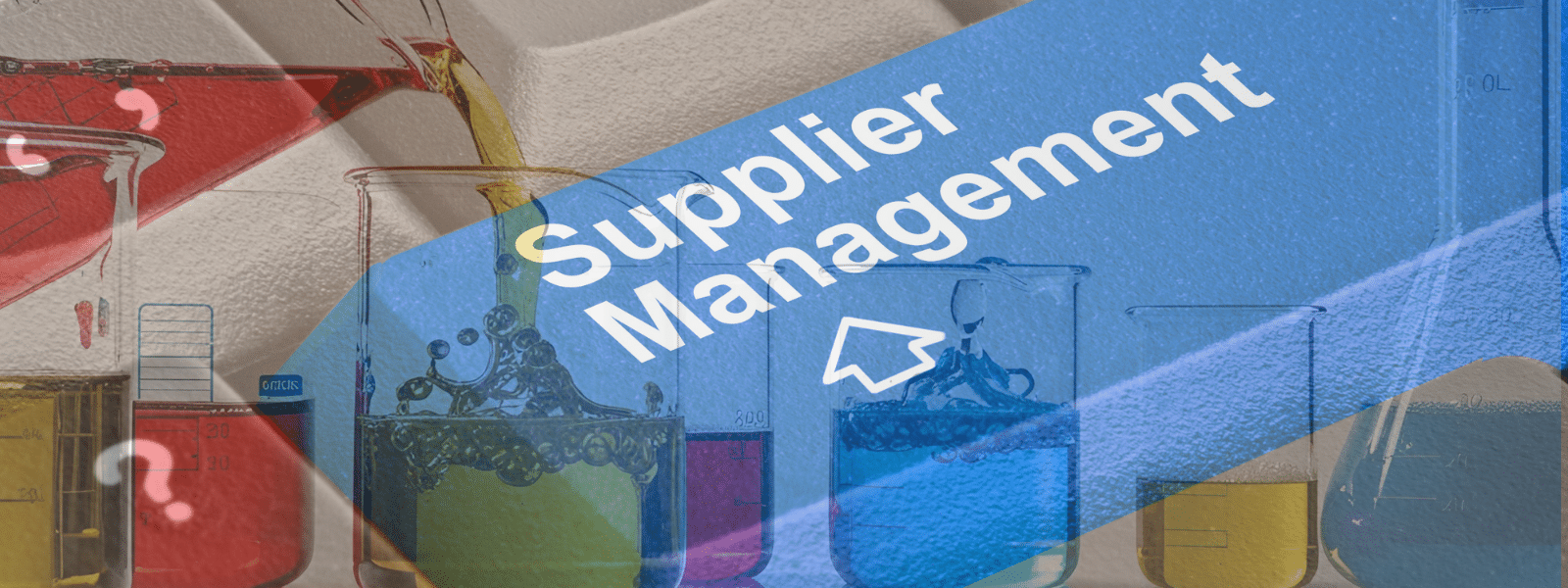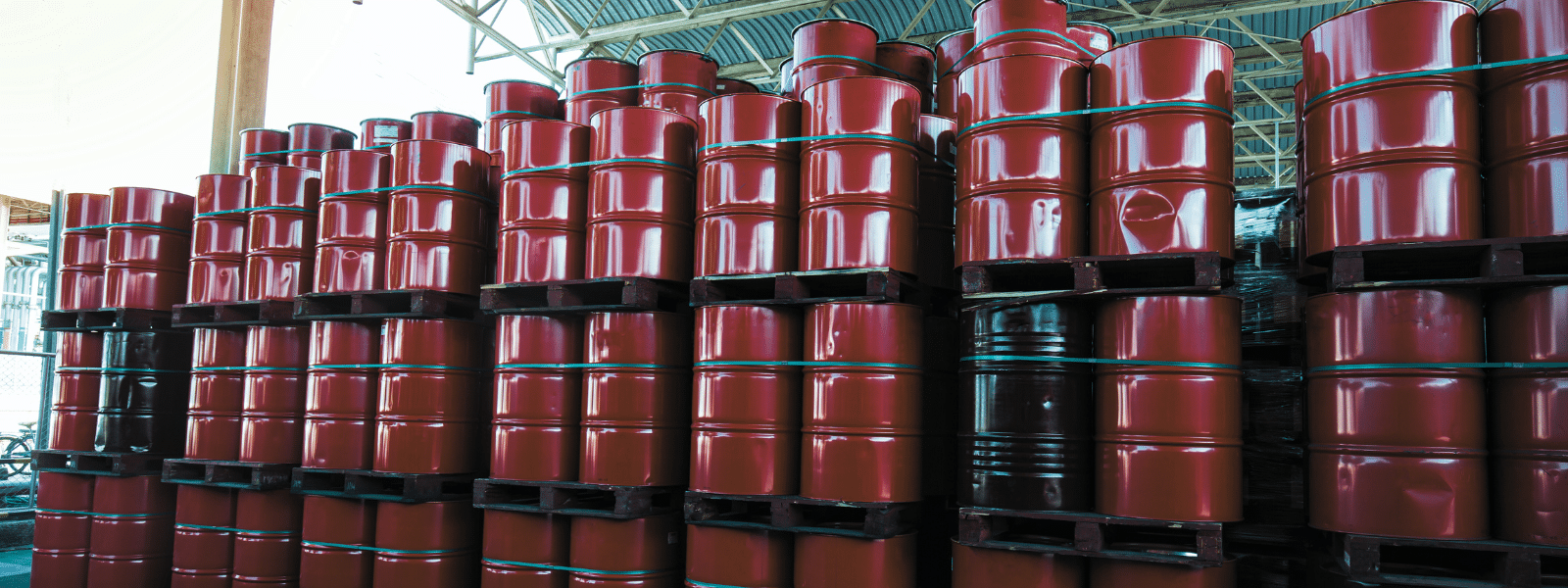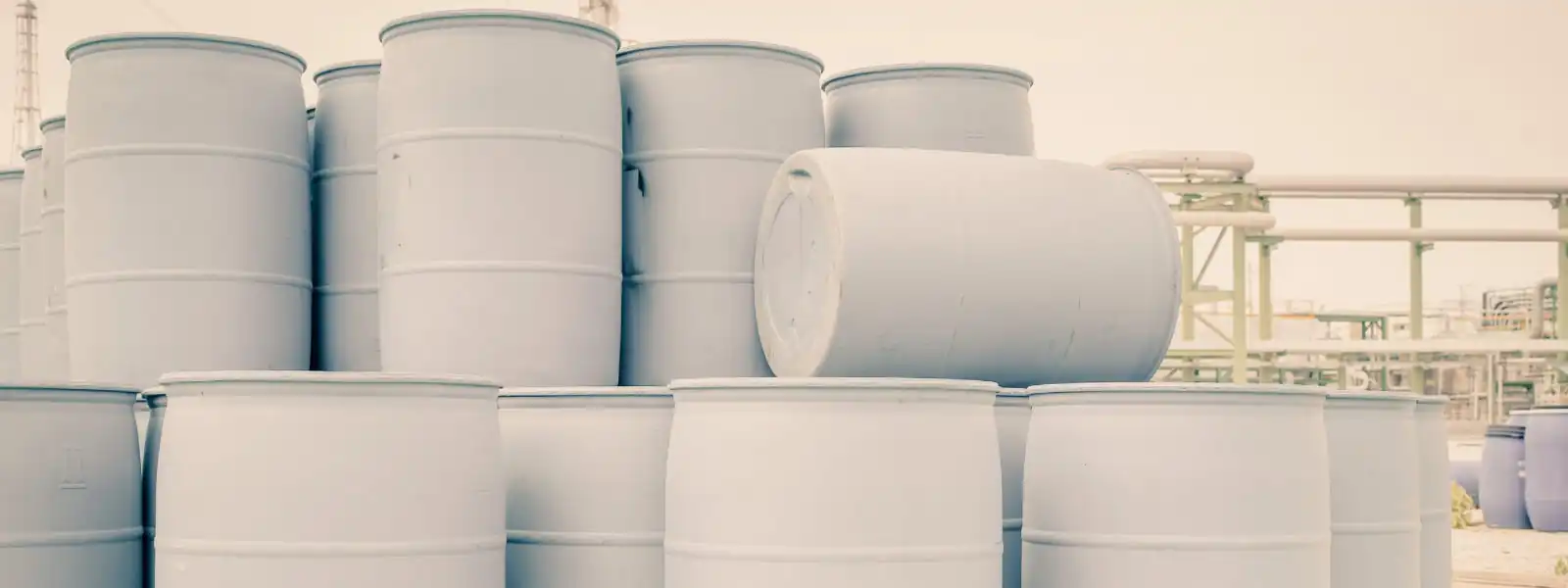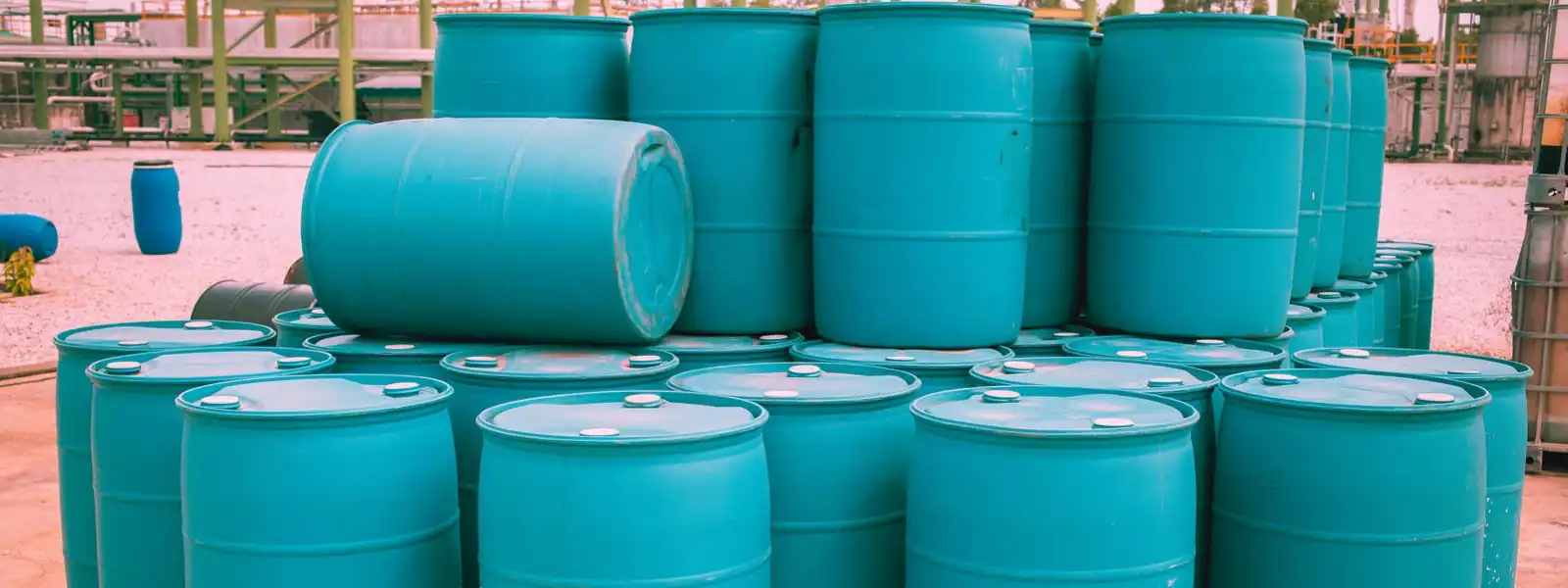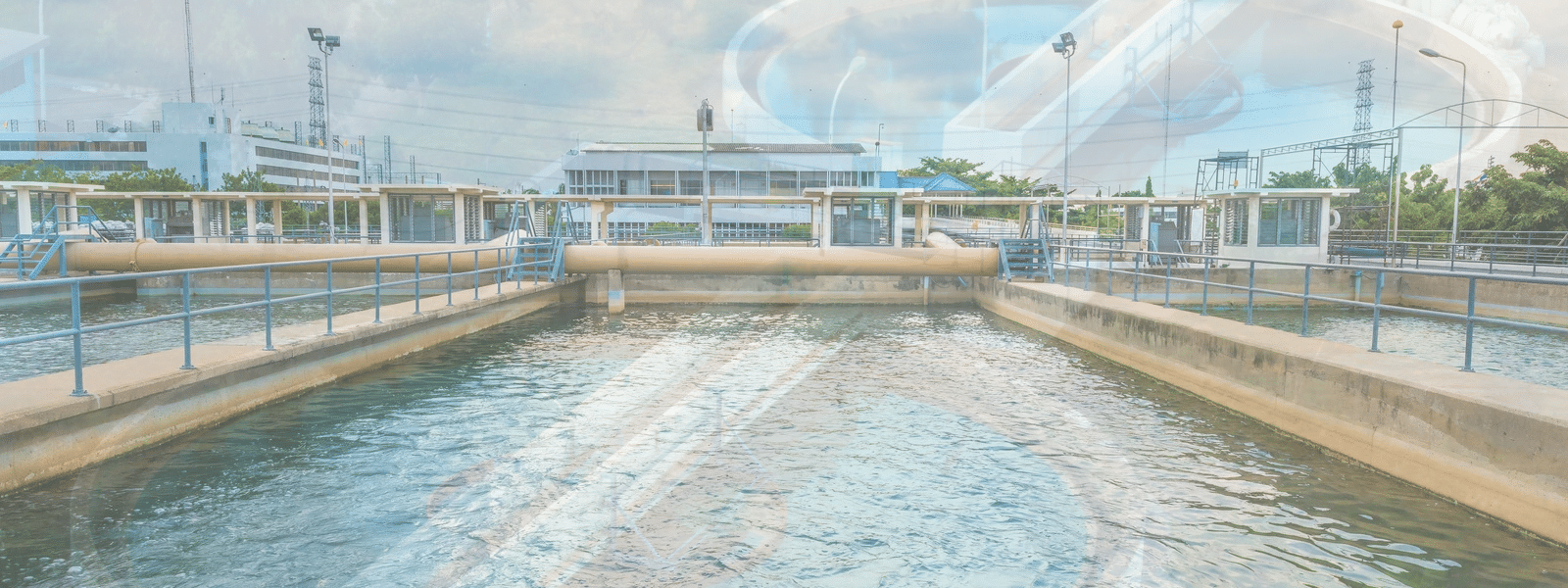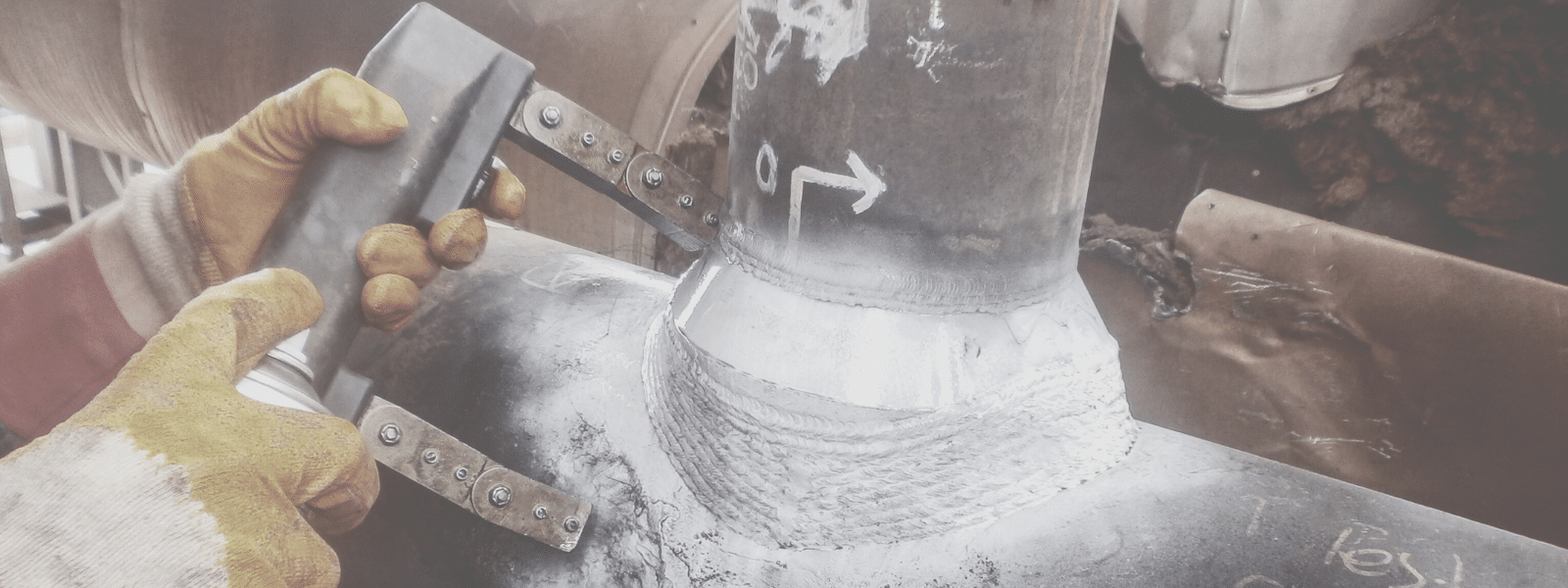If you’ve ever been around a natural body of water during warm weather, you may have observed a slimy layer of scum accumulating on the surface of rocks or other built structures. This slimy green layer is made up of bacteria, fungi, and algae, and is referred to as biofilm.
Biological material can accumulate easily in nutrient-rich water. That is why cooling towers, which usually get their water from natural sources, can often contain layers of biofilm.
What Is Biofilm?
From a more scientific approach, biofilm is an incredibly stable and resilient method for microorganisms to live. It is defined as a surface-adhering growth of microbial cells, which live in an extracellular matrix structure they build themselves using proteins and other polymer molecules. This matrix, which has a gel-like consistency, can store water, air, and nutrients, and allows the community of microorganisms to stick to solid structures very tightly.
Harms of Biofilm in Cooling Towers
A type of biofouling, it can accumulate in the membranes of cooling towers and harm their efficiency. When too much buildup occurs, it can block water flow, and clog the pipes, which are integral to moving water in and out of the system.
However, even a thin layer of biological matter can have effects on the efficiency of heat transfer. The gel-like matrix structure acts as an insulator, preventing the heat generated through industrial processes from being released to the cooling water. Just as a winter coat keeps our body heat from escaping into the atmosphere on a cold day, the layer of biological material traps the heat in cooling tower membranes, making them much less efficient.
Factors That Affect Biofilm Development
Cooling towers often provide perfect conditions for biofilm to accumulate. The factors supportive of biological growth include:
- Water temperature of 25-35o C (77-95oF)
- pH close to 7 (neutral)
- Plenty of exposure to sunlight
- Continuous aeration
- Presence of nutrients from the natural water source
- Surfaces that allow for matrix attachment
All of these factors make cooling water towers the perfect home for microbiological cultivation but also shed light on ways to potentially control biofouling.
Still Curious About Risks of Biofilm in Cooling Towers?
Making sure your equipment is working its best is an important part of any industrial process. If you think you might be losing efficiency because of biofilm buildup, Ecolink is prepared to help. Please contact us today to learn more about our chemical solutions!





